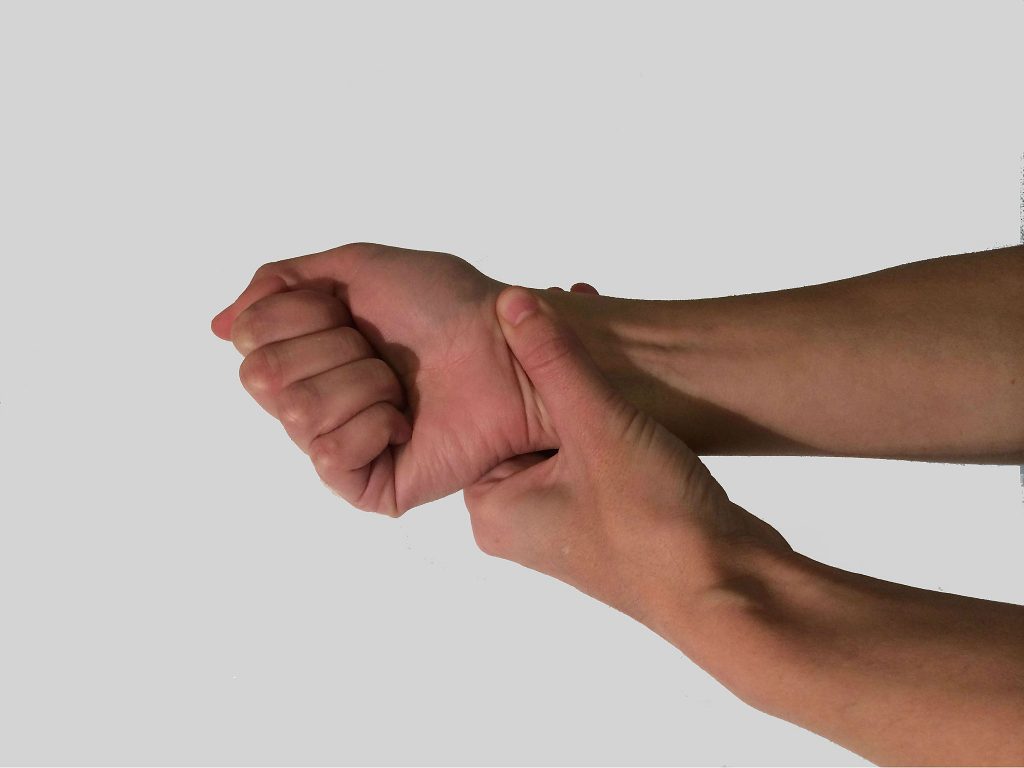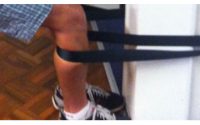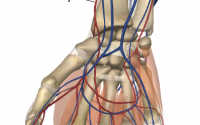Manual Therapy as a Treatment for Overuse Injures
Chronic repetitive motion and overuse injuries made up a large proportion of musculoskeletal and nerve disorders. These conditions are often called repetitive motion disorder or repetitive strain injuries. Painful and disabling musculoskeletal disorders remain prevalent and manual therapy has been used to treat such issues. However the actual neural mechanism of how manual therapy work is still unclear.
To find out the neural mechanism of manual therapy, Geoffrey Bove and colleagues University of New England College of Osteopathic Medicine conducted a study on rats. The rats were trained to perform repetitive tasks leading to signs and dysfunction similar to those in humans. The authors then tested whether manual therapy would prevent the development of the pathologies and symptoms.
The researchers collected behavioral, electrophysiological, and histological data from control rats, rats that trained for 5 weeks before performing a high repetition high force task (HRHF) for 3 weeks untreated, and trained rats that performed the task for 3 weeks while being treated 3 times per week using modeled manual therapy to the forearm. The modelled manual therapy included bilateral mobilization, skin rolling, and long axis stretching of the entire upper limb.
Results showed that rats that performed a repetitive task showed decreased performance of the given task and showed increased discomfort-related behaviors, starting after training.
Those strained rats that were treated with manual therapy showed improved task performance and decreased discomfort related behaviors compared to untreated rats. Subsets of rats were assayed for presence or absence of ongoing activity in C- and slow Aδ- neurons in their median nerves. Neurons from strained rats had a heightened proportion of ongoing activity and altered conduction velocities compared to control and manual-treated rats. Median nerve branches in strained rats contained increased numbers of CD68+ macrophages and degraded myelin basic protein, and showed increased extraneural collagen deposition, compared to the other groups.
The authors concluded that the performance of the task for three weeks leads to increased ongoing activity in nociceptors (pain receptors), in parallel with behavioral and histological signs of neuritis and nerve injury. Manual therapy:
- prevents functional declines
- improves task performance
- prevents discomfort
- reduces neural inflammation
- reduces myelin degradation
- reduces extraneural fibrosis.
This study confirms that a repetitive task can cause body structures to be overloaded and injured. If the task is repeated without enough time for healing, the inflammation becomes persistent because it is reinforced during each task session. The normal response of the body is to heal the injury, which starts with inflammation, which is usually painful. The authors suggested that regarding overuse injuries, if manual therapy were administered early, before pathological changes occur, then medical expenses for treatments that are often ineffective might be avoided.
Comment by Joe Muscolino
This is another in a long line of studies that show the effectiveness of manual therapy. In this case, that early manual therapy might avoid much pain and expense in the future. Wouldn’t it be wonderful if manual therapy could become the norm in people’s lives instead of an occasional treat or perhaps not existing at all. I am such a believer in the power and benefit of manual and movement therapies!
The three major keys to musculoskeletal (neuro-myo-fascio-skeletal) health…
- Strength of musculature
- Flexibility of soft tissues
- Proper neural control


